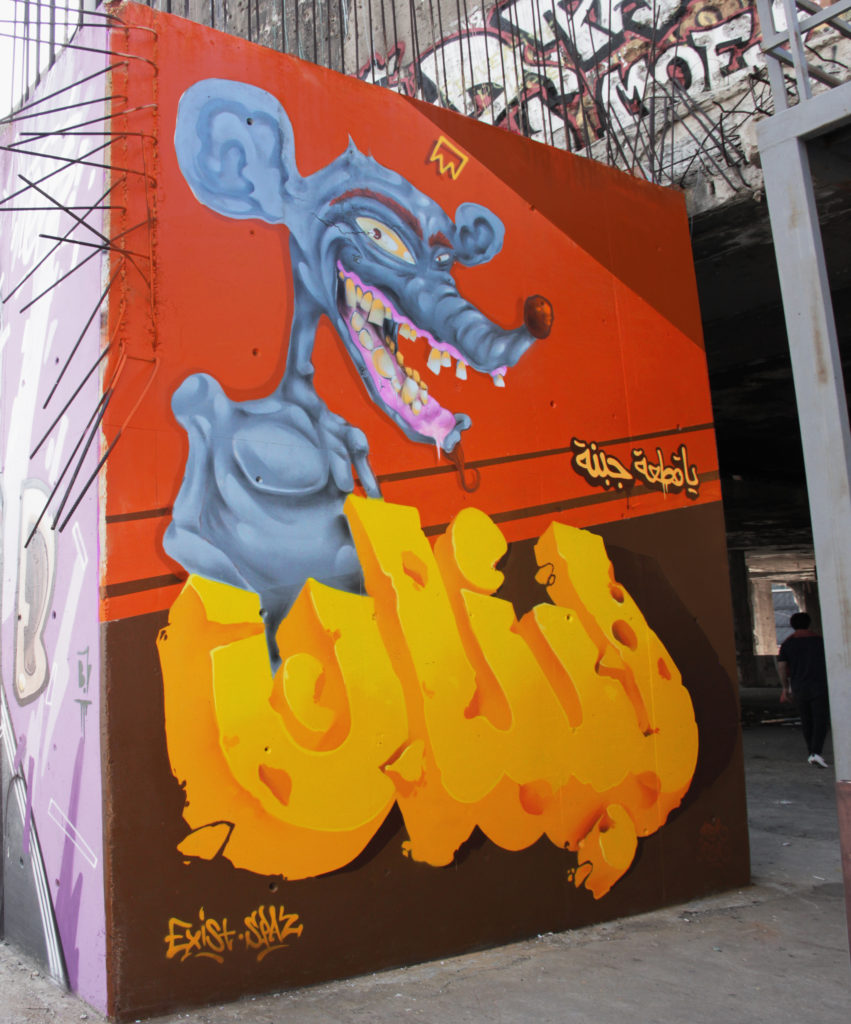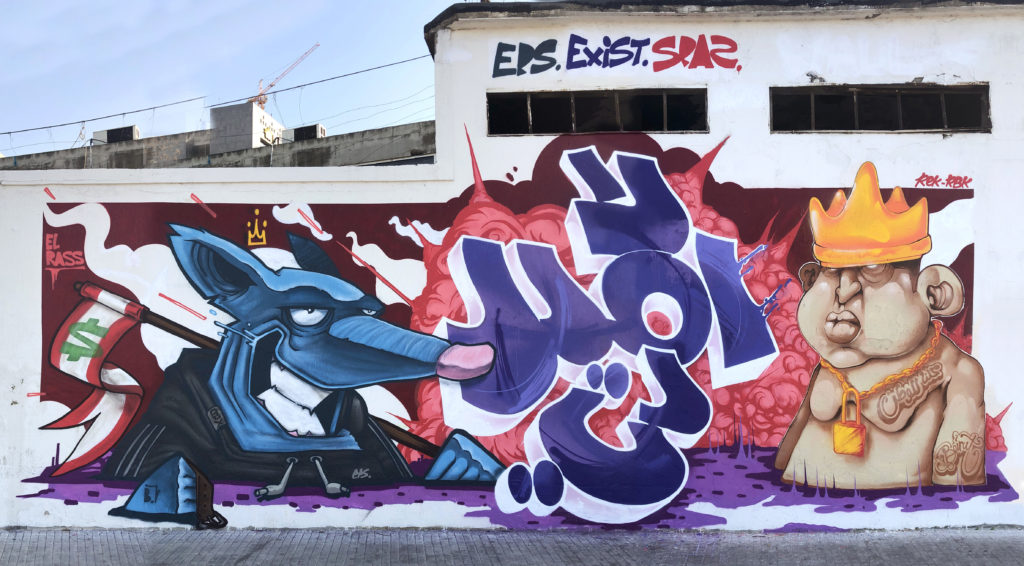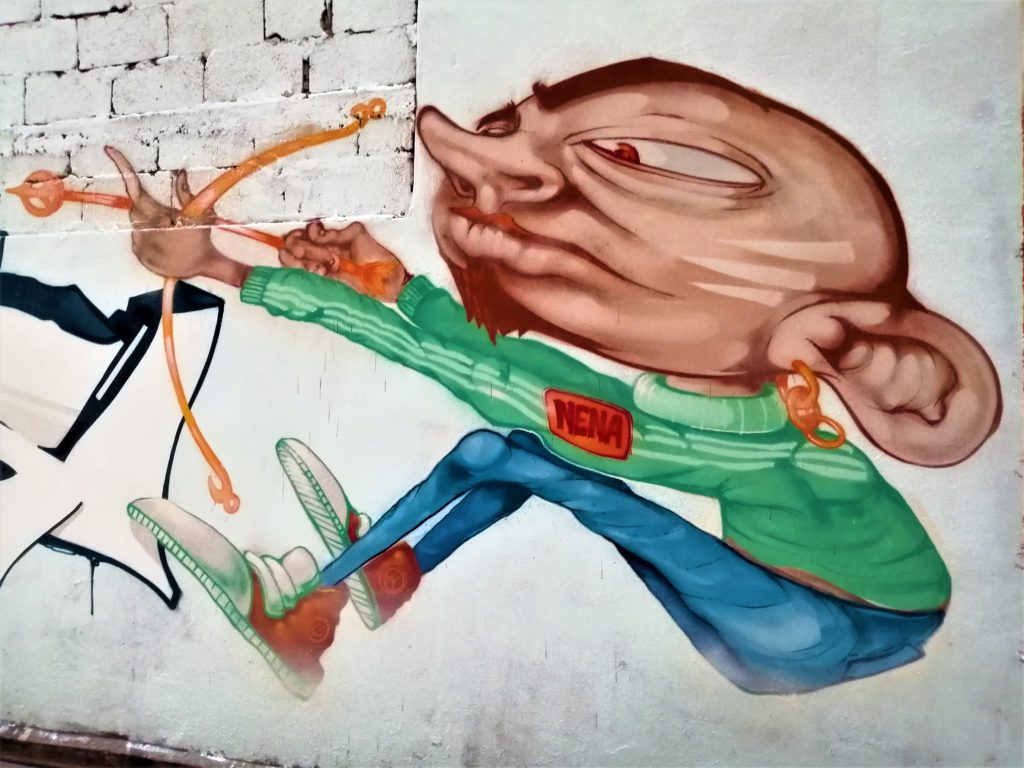The Art of the Thawra

By María Alonso Salmerón.
On October 17, 2019, people conquered the streets of Beirut, protesting the introduction of new taxes and fees, especially the WhatsApp fees. It was the last straw for the Lebanese people at that time, many of whom had been enduring difficult social and economic conditions. The following day, a revolution had started all over the cedar country against a religious and sectarian political regime led by a corrupt and selfish elite, driving the country to a situation of near bankruptcy and leaving the Lebanese people in the point of poverty. Lebanese citizens do not have the right to basic amenities such as 24 hour-electricity, water, or healthcare, so the middle and high-class population have to resort to private companies to enjoy basic living conditions. While the first days of thawra (revolution in Arabic) were chaotic, as people were desperate and expressed their anger as they felt, blocking roads, and breaking into shops, for example, the protests quickly turned into peaceful and civilized demonstrations. This is when street art started to develop, canalizing the anger of the people into the expression of the feeling through graffiti, which varied from writing “thawra” in different styles, to caricatures of the politicians in power.
More than a million Lebanese gathered in the demonstrations, demanding more rights and freedom, and the derogation of the religious system that oppressed them, and politicians who cared more about their own interests than about those of the people they represent. And they did so regardless of their religion. They did it as Lebanese people, as a nation. This is not very common in a country that has been divided among religions from the elites to the people, and that live with other religions on a daily basis but are not equal before the law as each one follows the personal status law of their confession.
This is what is known in theological or religious science as the interreligious dialogue of common action, which refers to the event in which people of all religions work together in order to achieve an integral development and the liberation of the oppressed people. Despite the corrupt political system, and the wars involving the instrumentalization of religious belongings and identities, the Lebanese people have evolved through dialogue and conviviality. Even though it is not usually mediatized, there are numerous examples of all kinds of Lebanese people fighting their differences to build a good place to live. In this article we will talk about the art of thawra, an introduction to Lebanon’s street art and its power within the Arab world revolution and its power as a form of interreligious dialogue.
STREET ART AND REVOLUTION IN THE ARAB WORLD
Public space played an important role in the Tunisia uprisings of 2011 as well as in the Egyptian of the same year. Historically, in Arab and Muslim societies the mosque was the premier public space in the Islamic city, as the equivalent to the agora in Greek or the public square in the medieval western city. As the modernization took place, the new urban development failed to connect the people to the historic city centers. By the late 19th century, the ‘maidan entered the scene but not to its fullest. Even though it was sometimes used for public protest, it was a space for the privileged rulers and never considered for the people until the 20th century, when, after seeing the repression of nationalist movements by colonial masters, they became deeply representative of the people and entered national collective memories. This is the case of the Martyrs’ squares in Aden, Algiers, Beirut, or Damascus.
The role public spaces play in the Arab rebellions/revolutions is yet to be studied more deeply, but it is very significant as both public spaces mosques and maidans worked together for the people. Public space is fundamental in understanding the communication resource of mobilization, for the four reasons that follow. On a first level, public space has a function as a space of expression for a social and political opinion since the start of urban civilization, often in the form of popular demonstrations and some others in the form of insurgent occupation. It acts as a space of communication and political action. Second, political communication in public spaces can also take the form of banners, graffiti, and murals. The Arab uprisings saw an increase in political graffiti representing the demands of the people. Thirdly, the human body, as an instrument of revolutionary political communication, and public space is the stage for those bodies to be displayed. Lastly, the richness of the symbolic power of public space grows, as they become the symbol of the struggle for freedom and a powerful tool of political mobilization.
THE PEOPLE’S RIGHT TO PUBLIC SPACE
The Lebanese civil war damaged not only the body and mind of Lebanese people but also the visual landscape of Downtown Beirut. After 1975, the streets have belonged to militias, snipers, thugs, and vigilantes. Normal people feared going into the streets because anything could happen, bullets, bombs, kidnappings, their streets stopped being theirs, stopped being of the Lebanese civil population. Solidere, the Lebanese Company for the Development and Reconstruction of Beirut Central Company, is a private company partially owned by the elite’s families, accused by many of gentrifying the center of the capital, by modernizing it to the point in which rent is no longer affordable for the majority of the Lebanese people. It was created after the war in order to take over the reconstruction of downtown Beirut, and turned it from the vibrant life and markets district that it used to be into a “cold concrete jungle without life.”
Before the revolution, almost no artists dared to venture into Solidere’s territory and were focused on other parts of the city. Those who did were fought by the contractor. The fact that the revolution was hosted mostly by the Beirut Central District has a powerful meaning. It is a break of geographical and conventional boundaries of public spaces. It is the revindication of the artists’ right to public space, the trespassing of the untouchable character of the gentrified zone, awakening among the people the desire to recover areas and monuments that were at some point of the public — and they feel it has been stolen by the elites.
Artists started to paint the streets of the center, without realizing the power and impact of their actions. This movement particularly targets the cultural monuments, which Karam expresses as “a collective yearning for the cultural venues that once characterized Beirut, and for public recreational spaces that the city sorely lacks”. As Karam explains, the movement was mostly but not only the painting of walls, Soprano singer Mona Hallab shot a video singing a song written by a protestor, there was a cello concert, etc. The revolution was not only political but artistic-cultural.
BEIRUT STREET ARTIST IN THE OCTOBER REVOLUTION
Spaz is the street name of a young man who belongs to two of the major graffiti crews there are in Lebanon, REK (Red Eyed Kamikazes) and RBK (Rioting Bunch of Klowns / Representing Bravest Kids). Spaz describes his character as the loss of mental and physical control that applies to each and every one of us. Each individual has his own Spasms depending on daily life circumstances. The name, identity, and figures project these progressive personal and public experiences, creating connections between concrete and the public. Spaz is a journey of experimenting with style, expression, movement, and medium since 2012.
REK (Red Eyed Kamikazes), as he tells, is the first-ever graffiti crew in the Middle East area. It started with a man called Fish in 1998 and started spreading widely throughout the country after the War of summer 2006. REK is known to have the most brilliant Lebanese artists in it, which now represents the country from different places of the globe. (Spaz)
RBK (Rioting Bunch of Klowns /Representing Bravest Kids) is a French established crew started with two artists named ‘Meuh’ and ‘Pelage’ in Paris during the year 2007. It, as Spaz continues to tell, got merged within the Lebanese scene in 2012 when ‘Meuh’ came to Beirut and now both crews are represented widely in many countries such as Lebanon, France, Brazil, the United Kingdom, Switzerland, Germany, or even Australia, being also very numerous in members. These groups, as explained by Spaz, have no clear structure, what unites them is the will to “preach by example”. This is to show the country a living example of unity, peace, and love, spread through art. (Spaz)
When I asked Spaz about his experience in the thawra, he told me that since the protests broke in the streets on October 17, they [street artists] found themselves there in the middle and that they had to keep expressing the anger of the people with paint, projecting everything they felt on the walls of the city. He also admits they did so without fear of getting caught, nor even thought about it. “We felt the power of the word”- he affirms. (Spaz)
The first wall that was painted-he continues- was the one of the parking facing Al Amin Mosque, in Martyrs Square, by some of his crew members: Exist, Eps, Nush, Quetzal, Meuh -he names- and other young painters from other crews of the country. He states they kept going down the streets with paint writing messages on the walls of the city in order to keep spreading these transparent feelings they had had for a long time. He believes it is very important that they keep being active because, as he says, street art is a powerful weapon to express awareness nationwide. (Spaz)
Spaz has lived the ups and downs of Beirut since 2014, as he says, and he feels somehow pushed by the unfortunate events occurring in the country in the last few years to keep painting. He even describes these events as the cause of his growth, both artistically and politically. He recognizes it is not easy to continue with the same energy that he started but even while painting less, those events give more meaning to the way one perceives and translates feelings and messages. (Spaz)
This young street artist believes that Revolution and street art go together hand in hand since street art is a powerful weapon to conquer public space as it succeeds perfectly in giving voice to those who are voiceless. Also, he adds, it is free and spreads easily without any limitations. (Spaz)
I asked Spaz about the demands of their groups regarding the thawra, and whether they are religious or belong to a specific religious group, to which he replies that they are for the Lebanese people. “We never see religion as a barrier between us, we come from different backgrounds and we respect each other’s beliefs even though this was never spoken among us”. He believes, which I feel is a great form of Dialogue of Common Action, that what makes us strong is the one reason they are there for, art, regardless of religion or background, the art is the only thing that matters. ‘This is a clear example, he continues, of what we are asking the country to be like.’ He feels the art is for everybody as once one paints something on a public wall, it is not one’s anymore but of the people, and one cannot limit who can get to see it. (Spaz)
I asked Spaz about his favorite walls and the meaning behind them. He replies there are three, one of which got destroyed during the Port explosion of August 4, 2020. The first one, situated in the famous Egg structure- one of the most controversial monuments in Downtown Beirut, as it used to be the largest film theatre in the city and it was damaged during the war and never rebuilt- says “Lebanon, you piece of cheese”. The second one, which is the unlucky one, was situated in the electrical company of Lebanon “Electricité du Liban” and read “I have no prince”. Lastly, he also loves the “Hope Mural”, on “le Grey Façade”, in the Downtown area. (Spaz)
Regarding punishments for graffiti in Lebanon, he replies it is not very clear. ‘There are no laws forbidding it but the system, he says, is realizing its power as a political tool of mobilization, and it is starting to get harder to paint. However, we find our ways.’ Sinno, in her paper also talks about punishments for street art, highlighting that the artists negotiate with police when they get caught in action, one has to be assertive, and “act smart”, sometimes police will let you go, other times you will face the consequences. (Spaz)
Lastly, when I asked Spaz about the religion that conformed to his groups, formed by people from different communities, he replied: our religion in the group is the hip-hop culture. (Spaz)
Even though the events leading to the start of protests were very unfortunate, the thawra has proved once again to be a great form of interreligious dialogue, as it unites people from different religions and backgrounds to fight for a greater good, the good of the people, regardless of where they pray.



hdr 
hdr 
The pictures are given to the writer from the author with permission to publish for the sake of this article.
Sources:
Baranko, Erin. The Communal Power of Street Art in Revolutionary Egypt, Warring Syria, and Divided Lebanon. Claremont College, 2020.
Chrabieh, Pamela. Introduction to interreligious dialogue Course, Saint-Joseph University, March 2021.
KAFA violence and exploitation. Personal status laws in Lebanon.
Karam, Danielle. « Beirut street art- painting a revolution ». NUART JOURNAL, vol. 2, no 2, 2020, p. 108‑16,
Kraidy, Marwan. Communication in the Arab Uprisings Public Space, Street Art and Communication in the Arab Uprisings, 2021.
Sinno, Nadine. «A War of Colors: Beirut Street Art and the Reclamation of Public Space». PROJECT MUSE, vol. 2, no 1, 2018, p. 71‑104.
Spaz. Personal interview. January 18, 2021.
María Alonso Salmerón is an economics and international relations student from Spain. She is currently studying at Saint-Joseph University (Beirut) as part of the Erasmus program. Her main interests are terrorism and social movements, especially feminism movements in the Middle East region.

